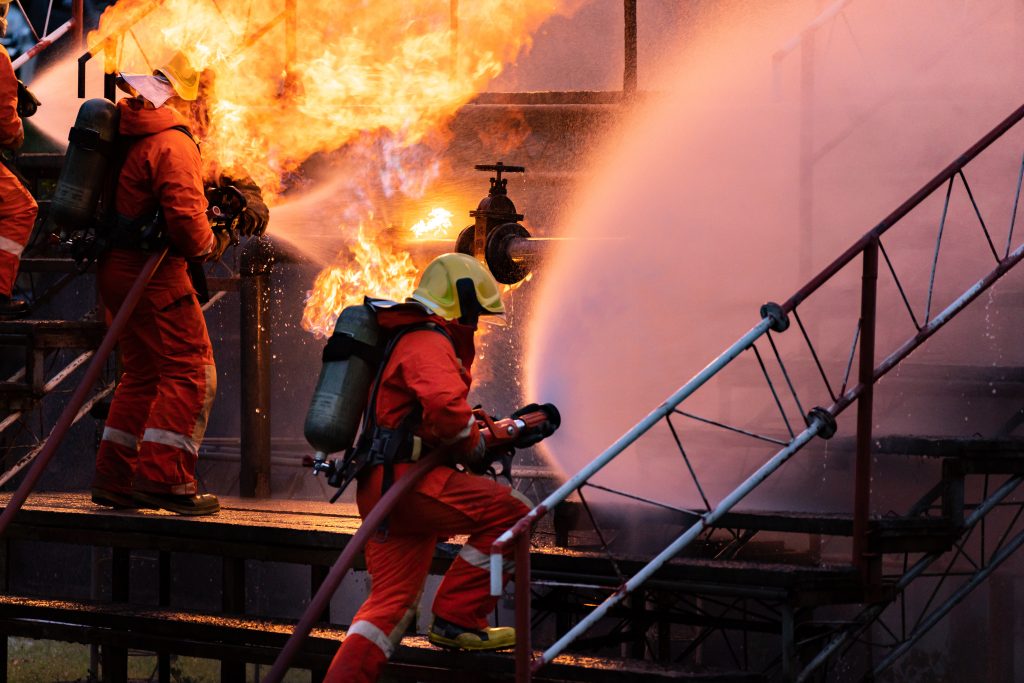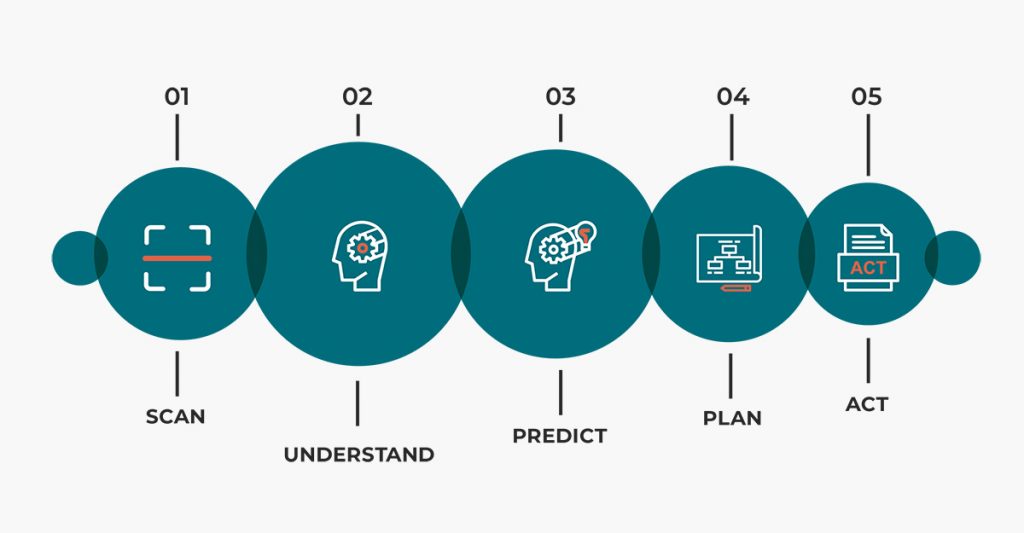Throughout 2022, IHF has delivered many projects of various scopes and across multiple industries. The experience that our consultants have built on includes but is not limited to rail & transport, construction, defence, nuclear, marine, utilities & facilities, COMAH, and oil & gas. Interestingly, no matter what the primary focus of a project was, one particular topic came up, either directly or indirectly. Fatigue has been repeatedly shown to be an issue within different industries, especially those with frequent on-call work or shift systems.
Fatigue is the experience of extreme tiredness or exhaustion that usually arises from excessive working time, poorly designed shift patterns, or the nature of a task e.g., whether it is machine-paced, complex, or monotonous which makes the workforce more easily fatigued (HSE: Human Factors: Fatigue, 2021).
The effects of fatigue are wide-ranging and, because of the decline in mental and physical performance, they often lead to slower reactions, reduced ability to process information, lapses in memory, absent-mindedness, decreased awareness, lack of attention, underestimation of risk, and reduced coordination.
The importance of fatigue cannot be underestimated as it has been observed that a high occurrence of accidents and injuries occur on night shifts, after a successive number of shifts, or long shifts without sufficient breaks. Also, fatigue has been found to be a contributory factor or a root cause of many major accidents including the Chernobyl, Clapham Junction, Herald of Free Enterprise, and Texas City (HSE: Human Factors: Fatigue, 2021).
IHF Involvement in Fatigue Work
Given that fatigue as a hazard arose so frequently, it is no surprise that IHF has delivered a lot of work on fatigue and fatigue management throughout this year. However, in addition to that, our team conducted an interesting piece of research that assessed fatigue and swing shift patterns, which is one of the most discussed shift patterns in regard to health & safety, within the oil and gas industry.
On swing shifts, workers operate on night shifts for the first week and roll over straight to day shifts for the second week. This shift pattern requires an immediate adaptation to a different schedule hence the wake-sleep cycle without any rest in between. In the HSE study (RR318, 2005), swing shifts showed the highest total desynchrony load[1] compared to other shift patterns (7Days7Nights/14Days/14Nights). It was also found that most subjects adapted to the night shift, however, that was on the 7th day through the tour and did not manage to re-adapt back to dayshifts. Such findings suggested that the workforce was ‘out-of-synch’ with their work and sleep schedule throughout most of their tour.
Our team appreciates the complexity of fatigue, sleep health, and their implications to workers’ performance and health and safety. As a result, IHF conducted a study that not only looked at fatigue levels but also considered sleep hygiene and sleep health that effectively impacted energy levels. Other contextual elements were considered too and captured in a variety of ways. Analysed data were compared across shift conditions to evaluate the risks and impacts of swing shift pattern.
In this study, contributing factors were identified, and this study helped understand the risks tied to the swing shift pattern as well as the sleep health of offshore workers and other challenges workers face. Thanks to this study, IHF set out bespoke recommendations for interventions inclusive of safe shift patterns and effective fatigue management within organisations.
Fatigue is a dangerous, often a silent hazard that should never be taken lightly. It is a hazard that is not particularly obvious and so it can be even more difficult to manage and monitor it effectively. Employers should take the time to understand the impact of fatigue in their workplaces and put practices in place to address this, including fatigue management and relevant risk management. Specialised advice and support are encouraged so you are empowered to tackle fatigue within your organisation with the right tools and knowledge.
Update on 13 December 2022: you can find the original paper at the bottom of this page.
[1] Means the “cumulative hours desynchronised from day-time normal phase or fully adapted night shift”, being “an indicator of the disruption that the schedule causes to the circadian system over the tour duration” (HSE, 2005, p. 15)
References
HSE, Human Factors: Fatigue (2021): https://www.hse.gov.uk/humanfactors/topics/fatigue.htm#:~:text=The%20legal%20duty%20is%20on,manage%20the%20risks%20of%20fatigue
HSE RR318 – Effect of shift schedule on offshore shiftworkers’ circadian rhythms and health: https://www.hse.gov.uk/research/rrhtm/rr318.htm#:~:text=Night%2Dshift%20work%20causes%20desynchronisation,detrimental%20to%20health%20and%20safety.
[3d-flip-book mode="fullscreen" id="14935"][/3d-flip-book]




